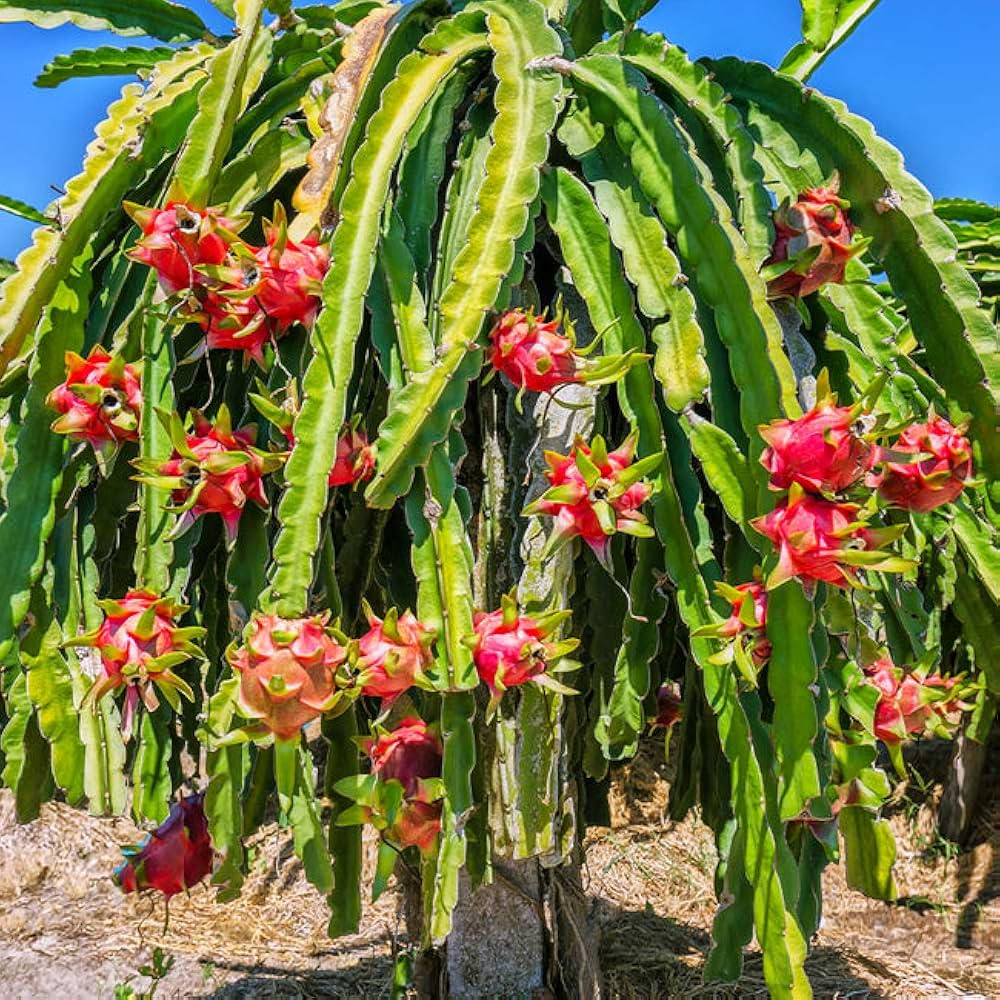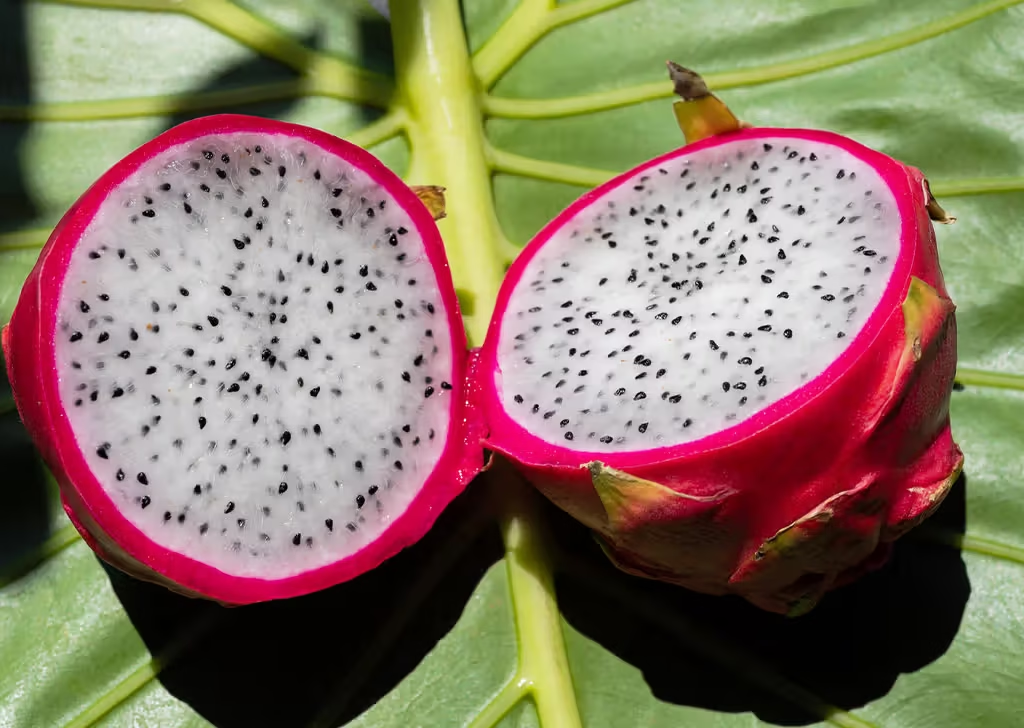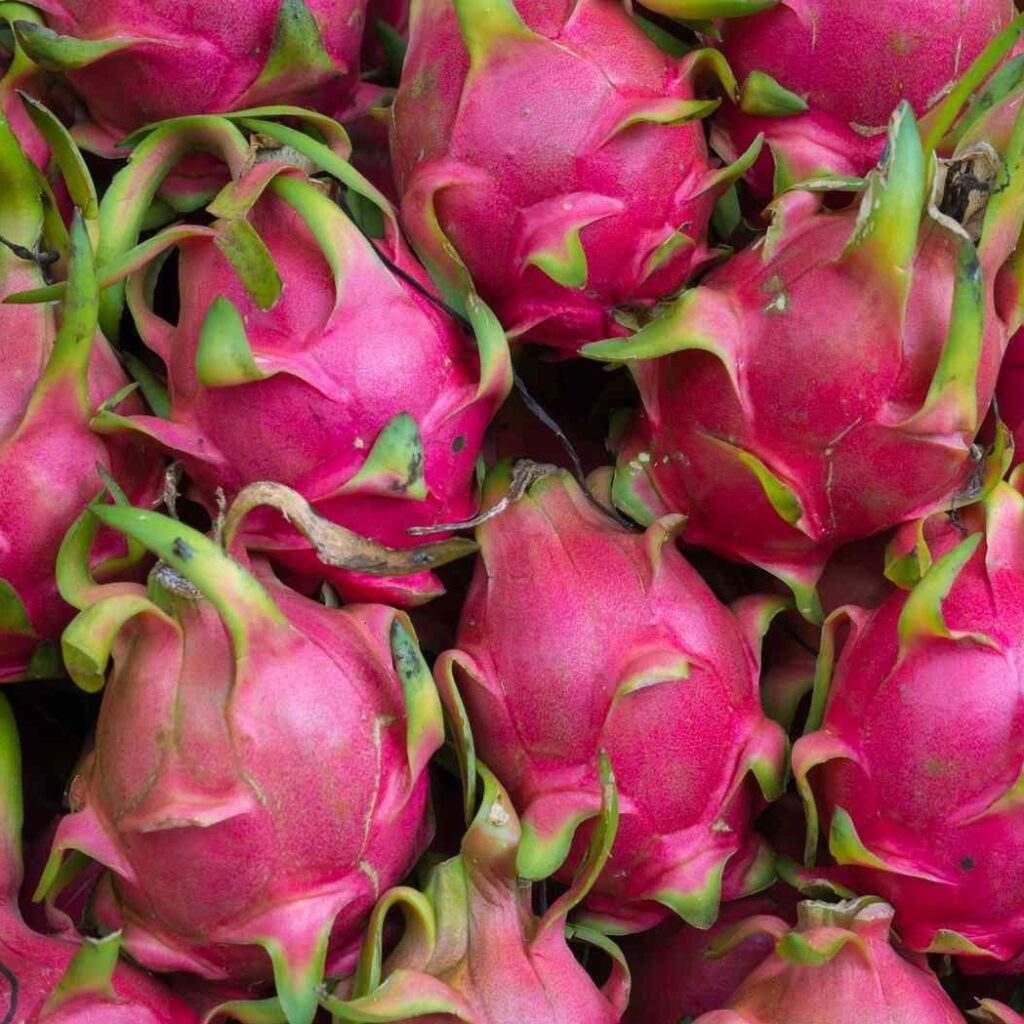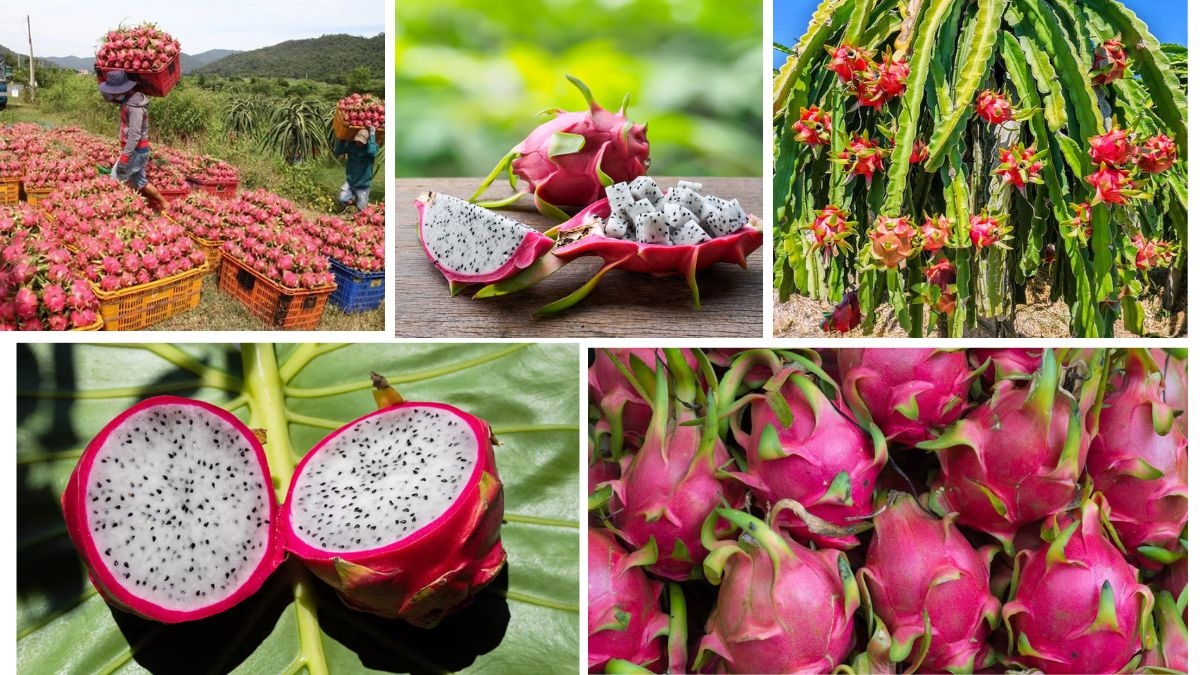As the world embraces healthier lifestyles and exotic superfoods, dragon fruit—also known as pitaya—has emerged as a global favorite. With its vibrant appearance, subtle sweetness, and rich nutritional profile, this cactus fruit has skyrocketed in demand. Once limited to tropical regions, dragon fruit now graces supermarket shelves across Europe, North America, the Middle East, and beyond.
But who are the major consumers driving this demand? In this article, we take a deep dive into the top dragon fruit importing countries, explore consumption trends, analyze trade data, and discover the global dynamics of the dragon fruit market.
Global Dragon Fruit Trade: An Overview

The global trade of dragon fruit has expanded rapidly over the past two decades, fueled by health-conscious diets, international travel, and culinary curiosity. According to market research and international trade data, the dragon fruit market was valued at USD 1.5 billion in 2023 and continues to grow at a compound annual growth rate (CAGR) of 6–8%.
Why Is Dragon Fruit in Demand?
- Rich in Nutrients: Packed with vitamin C, fiber, antioxidants, and healthy fatty acids.
- Exotic Appeal: Bright pink/red or yellow skin makes it visually striking.
- Versatile Use: Popular in juices, smoothies, desserts, salads, and skincare products.
- Health Trends: Vegan, detox, and clean-eating diets encourage its consumption.
1. China – The World’s Largest Dragon Fruit Importer

Overview:
China leads the world in dragon fruit imports by a massive margin. Despite expanding domestic cultivation, China imports more than 600,000 metric tons of dragon fruit annually, mostly from Vietnam.
Key Details:
- Annual Import Volume: Over 600,000–800,000 metric tons
- Main Source: Vietnam (over 90% of China’s imported dragon fruit)
- Preferred Variety: Red-skinned, white-fleshed (Hylocereus undatus)
- Import Channels: Yunnan, Guangxi, and Guangdong via land and sea
Why China Imports So Much:
- Skyrocketing Domestic Demand: Driven by health awareness and exotic fruit popularity
- Year-Round Supply: Imports fill domestic production gaps
- Proximity to Vietnam: Low transportation costs and strong bilateral trade agreements
- Cultural Acceptance: Dragon fruit is widely consumed as a breakfast fruit or snack
2. United States – The Largest Western Market
Overview:
The United States is the largest importer of dragon fruit outside Asia, sourcing primarily from Vietnam, Mexico, and Nicaragua. With rising health awareness and demand for plant-based foods, dragon fruit fits perfectly into American lifestyles.
Key Details:
- Annual Import Volume: Over 60,000–80,000 metric tons
- Top Suppliers: Vietnam, Mexico, Ecuador, and Central American nations
- Popular Forms: Fresh, frozen, dried, and puree
- Main Entry Ports: Los Angeles, Miami, Houston
Trends in the U.S.:
- High Demand in Health Stores and Smoothie Chains
- Organic and Non-GMO Varieties in Demand
- Re-exports: The U.S. re-exports to Canada, Europe, and Japan
3. European Union – A Growing Import Region

Overview:
The EU has seen exponential growth in dragon fruit imports, especially in countries like Germany, the Netherlands, France, and the UK. Consumers here value quality, sustainability, and organic certification.
Key Details:
- Combined Annual Import Volume: Approx. 50,000–60,000 metric tons
- Major Importers: Germany, Netherlands, France, UK, Belgium
- Top Suppliers: Vietnam, Thailand, Israel, Colombia
Market Trends:
- Organic Certification Drives Preference
- Sustainably Packaged and Fair-Trade Products Favored
- Niche for Yellow-Skinned Dragon Fruit (from Ecuador/Colombia)
The Netherlands acts as a major entry hub, redistributing dragon fruit across Europe through Rotterdam and Amsterdam ports.
4. Canada – A Health-Conscious Consumer
Overview:
Canada has a smaller population than the U.S. but mirrors similar trends. Dragon fruit is widely available in supermarkets, health food stores, and Asian grocery chains across major cities.
Key Details:
- Annual Import Volume: Approx. 10,000–15,000 metric tons
- Primary Sources: Vietnam, Mexico, the U.S., Ecuador
- Forms Imported: Mostly fresh and frozen
Market Highlights:
- Demand in Multicultural Communities
- Increasing Organic and Specialty Imports
- Consumption Linked to Tropical Diet Trends

5. Japan – Premium Market for Quality Produce
Overview:
Japan is a high-value market that prioritizes aesthetic quality, freshness, and traceability. Though domestic dragon fruit is grown in Okinawa and Kagoshima, imports remain strong.
Key Details:
- Annual Import Volume: Approx. 7,000–10,000 metric tons
- Major Sources: Vietnam, Taiwan, Philippines
- Market Characteristics: Premium pricing, strict phytosanitary requirements
Why Japan Matters:
- High Willingness to Pay for Quality
- Retail Chains Offer Both Red and Yellow Varieties
- Popular in Bento Boxes and Fruit Platters
6. South Korea – A Rising Asian Market
Overview:
South Korea is another fast-growing market for dragon fruit. Consumers are becoming more health-focused, and dragon fruit is now appearing in juices, yogurts, and skincare products.
Key Details:
- Annual Import Volume: Approx. 5,000–7,000 metric tons
- Primary Source: Vietnam
- Consumer Preference: White-fleshed and red-fleshed varieties, often pre-cut
Emerging Trends:
- Dragon Fruit Flavored Beverages
- K-beauty Products Featuring Dragon Fruit Extracts
7. Australia – Demand Exceeds Local Supply

Overview:
Australia produces some dragon fruit locally in Queensland and the Northern Territory, but imports supplement off-season demand.
Key Details:
- Import Volume: Estimated around 3,000–5,000 metric tons
- Sources: Vietnam, Thailand, and Colombia
- Challenges: Strict biosecurity laws limit import options
8. United Arab Emirates – High-End Market in the Middle East
Overview:
The UAE leads the Middle Eastern market for dragon fruit, catering to a wealthy, health-conscious, and diverse population.
Key Details:
- Annual Imports: Approx. 2,000–4,000 metric tons
- Sources: Vietnam, India, Thailand
- Consumption Trends: Popular in high-end supermarkets, hotels, and juice bars
Top Importing Countries Ranked by Volume (2024)
| Rank | Country | Estimated Import Volume (Metric Tons) | Primary Suppliers |
|---|---|---|---|
| 1 | China | 600,000–800,000 | Vietnam |
| 2 | United States | 60,000–80,000 | Vietnam, Mexico, Ecuador |
| 3 | EU (combined) | 50,000–60,000 | Vietnam, Israel, Colombia |
| 4 | Canada | 10,000–15,000 | Vietnam, Mexico |
| 5 | Japan | 7,000–10,000 | Vietnam, Taiwan |
| 6 | South Korea | 5,000–7,000 | Vietnam |
| 7 | Australia | 3,000–5,000 | Thailand, Colombia |
| 8 | UAE | 2,000–4,000 | Vietnam, India |
Global Import Market Insights
Import Drivers:
- Health and Wellness Trends
- Influencer Marketing and Instagram Aesthetic Appeal
- Expansion of Tropical Fruit Menus in Restaurants
- Demand for Plant-Based, Low-Calorie Superfoods
Logistics & Packaging Innovations:
- Modified atmosphere packaging (MAP) extends shelf life
- Cold chain logistics ensure freshness during long transport
- Pre-cut and ready-to-eat packages gaining popularity
Conclusion
The global dragon fruit import market is booming, and it’s clear that China dominates in both scale and volume. The United States and European Union follow closely, while countries like Canada, Japan, and South Korea are driving growth in high-value segments.
As the world shifts toward sustainable diets and superfoods, dragon fruit’s future looks incredibly bright. The fruit’s export-oriented production in countries like Vietnam, Thailand, and Israel is directly linked to the robust demand from these importing nations.
For growers, exporters, and investors, understanding the consumption patterns and demands of these import-heavy countries is key to tapping into the expanding global market. The dragon fruit story is not just about supply—it’s about who’s buying, why they’re buying, and what they’ll want next.






Leave A Comment